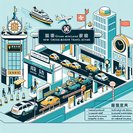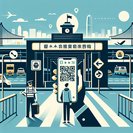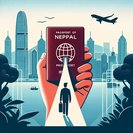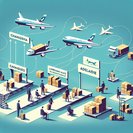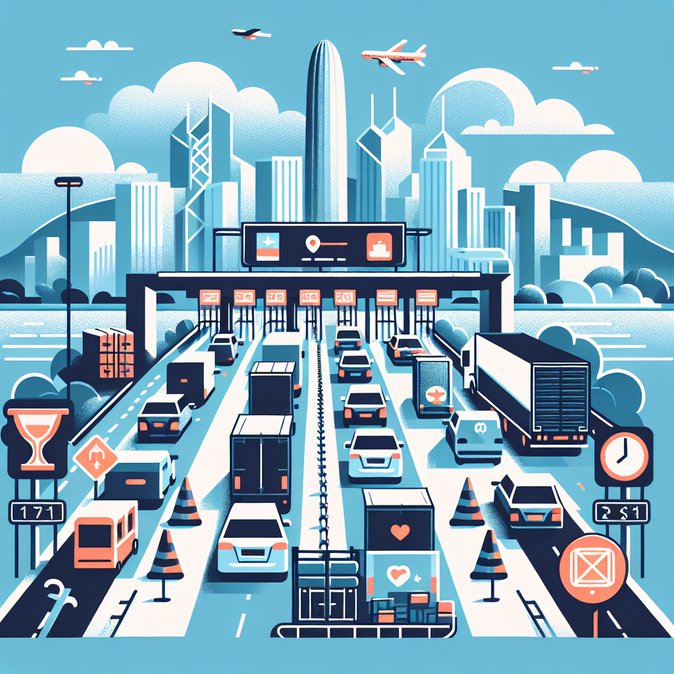
Hong Kong’s long-awaited “Southbound Travel for Guangdong Vehicles (Entry into Urban Area)” scheme has taken a decisive step forward after Guangdong’s Traffic Management Authority announced the results of the inaugural quota lottery on 24 November. From a pool of 2,388 applications submitted earlier this month, 1,700 private-car owners secured a coveted permit that will allow them to drive across the Hong Kong-Zhuhai-Macao Bridge (HZMB) and enter the city’s urban districts from 23 December.
The scheme is the southbound counterpart to the northbound single-plate policies that since 2023 have enabled Hong Kong motorists to drive into Guangdong. Its pilot phase caps entries at 100 vehicles per day, with each stay limited to three consecutive days. Mainland drivers must clear a series of compliance hurdles: their vehicles must pass Hong Kong emissions and safety inspections; designated drivers must obtain an HKSAR driving licence; and third-party liability insurance meeting Hong Kong statutory levels must be in force. Travellers then book their travel slot online—if demand exceeds the daily quota, a computer ballot allocates spaces.
![Lottery picks 1,700 Guangdong motorists for first direct drives into downtown Hong Kong]()
Officials on both sides of the border say the controlled roll-out is designed to stress-test clearance procedures, road capacity and insurance arrangements before any expansion. Hong Kong’s Transport and Logistics Bureau has promised real-time data sharing with Guangdong police to monitor flows and ensure enforcement of the three-day limit. In the opening months, traffic will be channelled through dedicated customs lanes at the HZMB port to minimise congestion at busy urban checkpoints.
For businesses, the scheme could be a game-changer. Factory owners in the Greater Bay Area will be able to deliver high-value goods directly to Hong Kong air and sea terminals without using trans-shipment trucks, shaving hours—and often an overnight—off supply-chain timelines. Service professionals based in Guangzhou and Shenzhen also gain a new weekend-commute option to clients in Central or Kowloon East.
The bigger prize is strategic: policy-makers see point-to-point car travel as another building block in the envisioned “one-hour living circle” that would bind the 11-city Greater Bay Area into an integrated market of 87 million people. If the pilot proves smooth, officials suggest the daily quota could double in 2026, with reciprocal expansion for Hong Kong cars heading north.
The scheme is the southbound counterpart to the northbound single-plate policies that since 2023 have enabled Hong Kong motorists to drive into Guangdong. Its pilot phase caps entries at 100 vehicles per day, with each stay limited to three consecutive days. Mainland drivers must clear a series of compliance hurdles: their vehicles must pass Hong Kong emissions and safety inspections; designated drivers must obtain an HKSAR driving licence; and third-party liability insurance meeting Hong Kong statutory levels must be in force. Travellers then book their travel slot online—if demand exceeds the daily quota, a computer ballot allocates spaces.
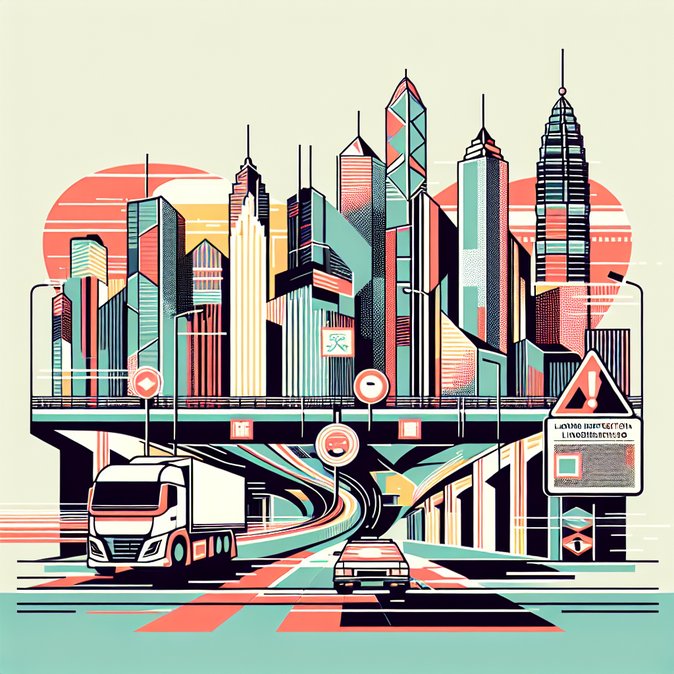
Officials on both sides of the border say the controlled roll-out is designed to stress-test clearance procedures, road capacity and insurance arrangements before any expansion. Hong Kong’s Transport and Logistics Bureau has promised real-time data sharing with Guangdong police to monitor flows and ensure enforcement of the three-day limit. In the opening months, traffic will be channelled through dedicated customs lanes at the HZMB port to minimise congestion at busy urban checkpoints.
For businesses, the scheme could be a game-changer. Factory owners in the Greater Bay Area will be able to deliver high-value goods directly to Hong Kong air and sea terminals without using trans-shipment trucks, shaving hours—and often an overnight—off supply-chain timelines. Service professionals based in Guangzhou and Shenzhen also gain a new weekend-commute option to clients in Central or Kowloon East.
The bigger prize is strategic: policy-makers see point-to-point car travel as another building block in the envisioned “one-hour living circle” that would bind the 11-city Greater Bay Area into an integrated market of 87 million people. If the pilot proves smooth, officials suggest the daily quota could double in 2026, with reciprocal expansion for Hong Kong cars heading north.
